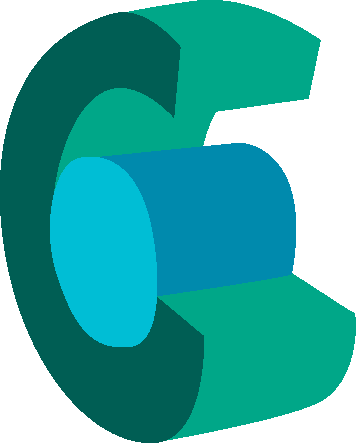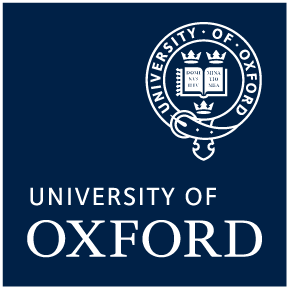Bilateral recordings of EEGs, LFPs, and tremor in people with essential tremor under DBS-OFF and DBS-ON conditions
Task
Continuous DBS: Each participant was asked to maintain a tremor‐provoking posture such as raising both arms to shoulder level with flexed elbows and the fingers of both hands pointing to the centre while sitting. The task was repeated in 6–8 blocks. Each block involved holding the tremor‐provoking posture for approximately 30 s, followed by 30 s rest. The task was repeated in both DBS-OFF and DBS-ON conditions. Data were collected from in total 15 participants (raw data were shared for 12 participants, while data for the remaining three were not shared due to ethical considerations).
1) Raw data
Raw data for each participant are stored in directories ‘0001’ to ‘0015’. In each folder, you will find two ‘.mat’ files for the raw data in DBS-OFF and DBS-ON conditions. The same data in the format of ‘.smr’ that can be visualised in Spike2 are also provided.
Data structure
Each raw data file contains six variables, including ‘FileName’, sampling rate (‘SR’), channel names (‘WvTits’), data matrix (‘WvData’), markers (‘markerData’, values 2 and 3 indicate the start and end of each posture holding block), and marker timestamps (‘markerTime’, timestamps for the corresponding marker values in ‘markerData’).
2) Processed data
There are three processed ‘.mat’ files, including:
‘myTable_2023_09_01.mat’ contains trial-by-trial results, that can be used to generate the figures and tables in the published paper (He et al., 2025, Brain). Note the subID in the processed data table doesn’t match the numbering of the raw data directories.
3) Source MATLAB Code
The main code file is ‘Cortico_thalamic_tremor_circuit_DBS.m’. Others are functioning files, code to convert ‘SMR’ format to ‘mat’ format, spike2 library files, and pre-processed results. With the provided raw and/or processed data, results in all figures and tables of the paper should be able to be reproduced.
We welcome researchers wishing to reuse our data to contact the creators of datasets. If you are unfamiliar with analysing the type of data we are sharing, have questions about the acquisition methodology, need additional help understanding a file format, or are interested in collaborating with us, please get in touch via email. Our current members have email addresses on our main site. The corresponding author of an associated publication, or the first or last creator of the dataset are likely to be able to assist, but in case of uncertainty on who to contact, email Ben Micklem, Research Support Manager at the MRC BNDU.

Creative Commons Attribution-ShareAlike 4.0 International (CC BY-SA 4.0)
This is a human-readable summary of (and not a substitute for) the licence.
You are free to:
Share — copy and redistribute the material in any medium or format
Adapt — remix, transform, and build upon the material for any purpose, even commercially.
This licence is acceptable for Free Cultural Works. The licensor cannot revoke these freedoms as long as you follow the license terms. Under the following terms:
Attribution — You must give appropriate credit, provide a link to the license, and indicate if changes were made. You may do so in any reasonable manner, but not in any way that suggests the licensor endorses you or your use.
ShareAlike — If you remix, transform, or build upon the material, you must distribute your contributions under the same licence as the original.
No additional restrictions — You may not apply legal terms or technological measures that legally restrict others from doing anything the licence permits.

